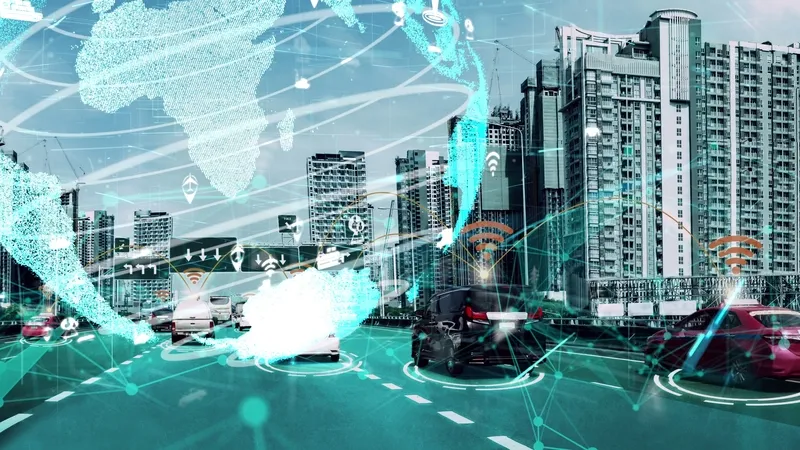
Einride has received approval from the National Highway Traffic Safety Administration (NHTSA) to operate its autonomous electric transport (AET) vehicles on US public roads.
The company will conduct a pilot in mixed traffic for GE Appliances in the third quarter of this year, using the Einride Pod which is remotely operated and has no driver on board.
The Pod will carry goods for the retailer, visiting various warehouses for loading and unloading.
The remote Pod operator is "a first of its kind role that Einride sees critical in safely scaling autonomous vehicles by keeping humans in the loop and creating jobs to fulfill a future way of shipping".
“This is a type of vehicle that has never before been seen on US roads and marks a major milestone as a turning point for the future of the freight industry,” said Robert Falck, CEO and founder at Einride.
“We know the autonomous and electric technology of our pod will not only revolutionise transportation but also create thousands of jobs and help America stay competitive.”
“We are creating a more sustainable and efficient supply chain through increased electrification and automation in our manufacturing and distribution operations,” said Bill Good, vice president of supply chain for GE Appliances.










